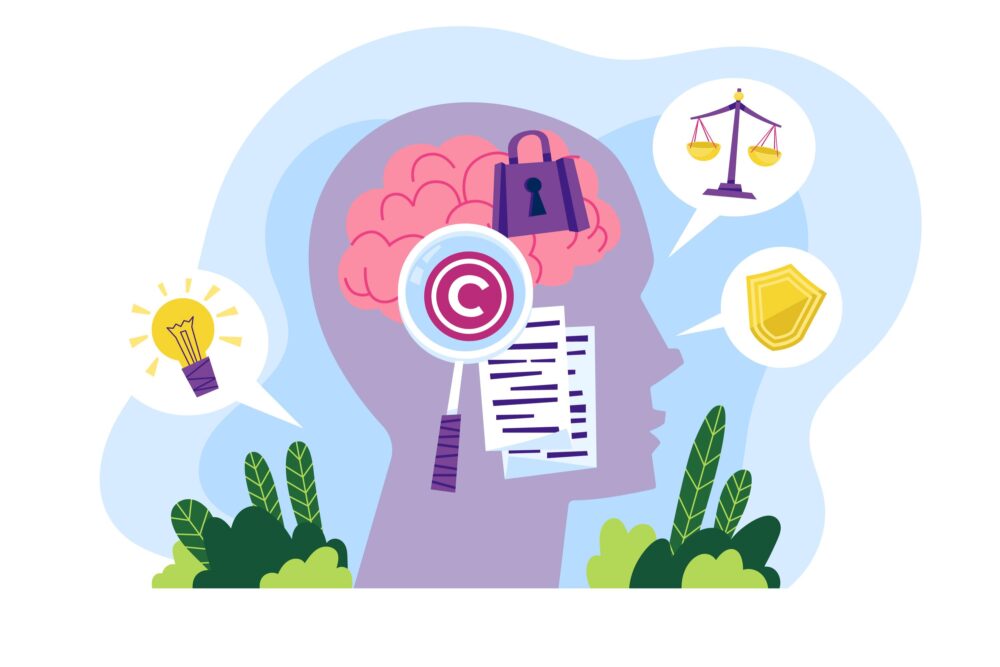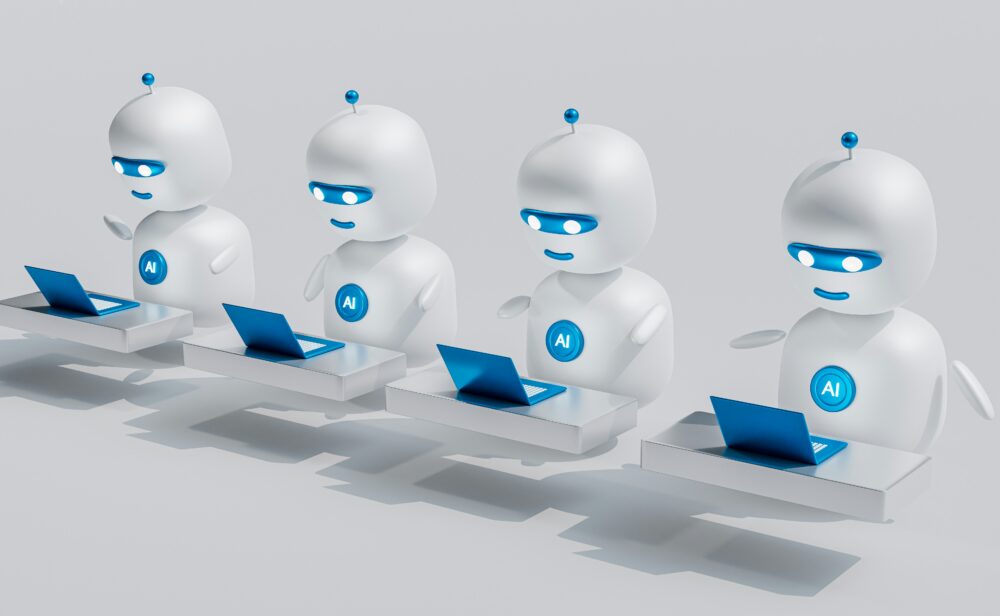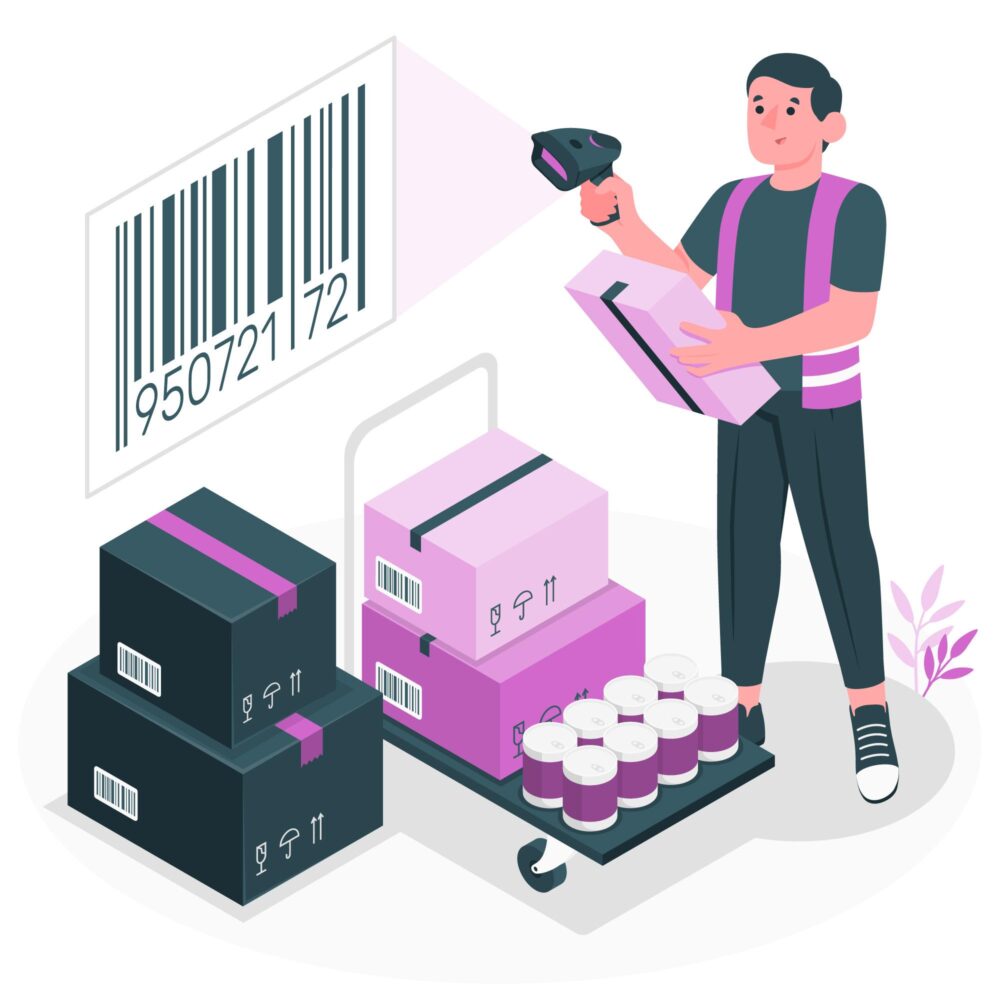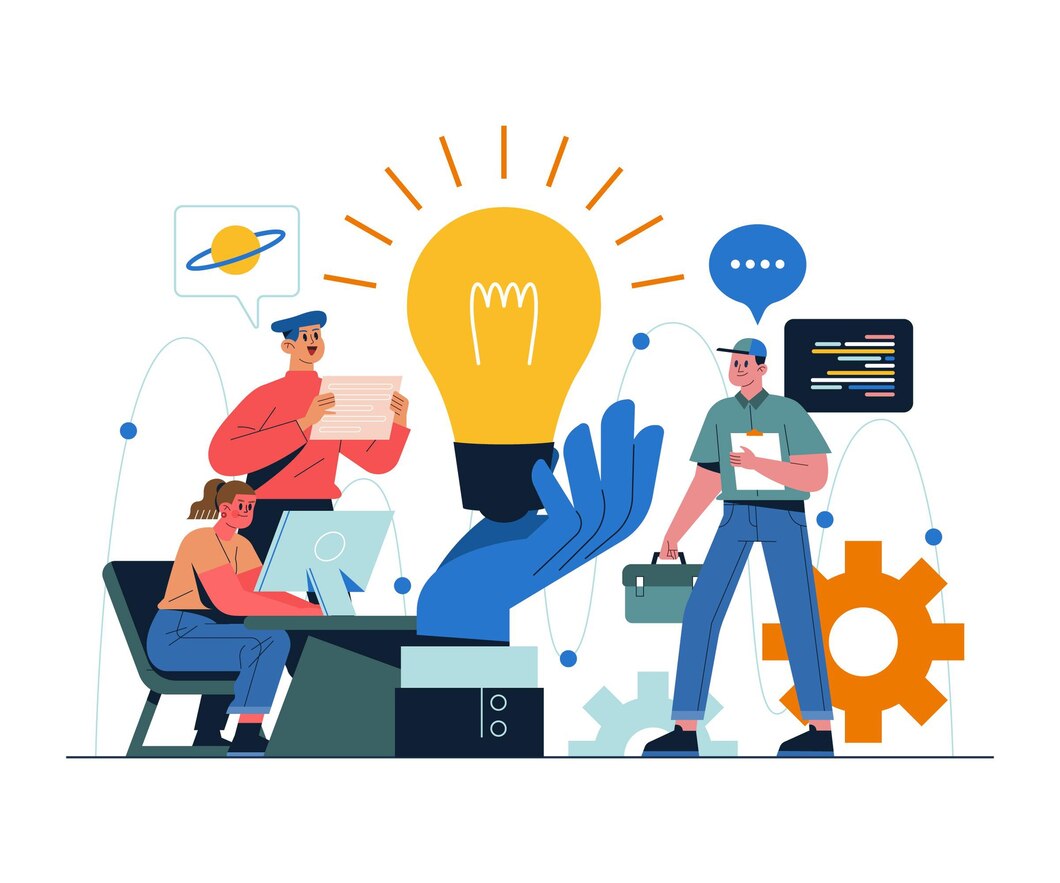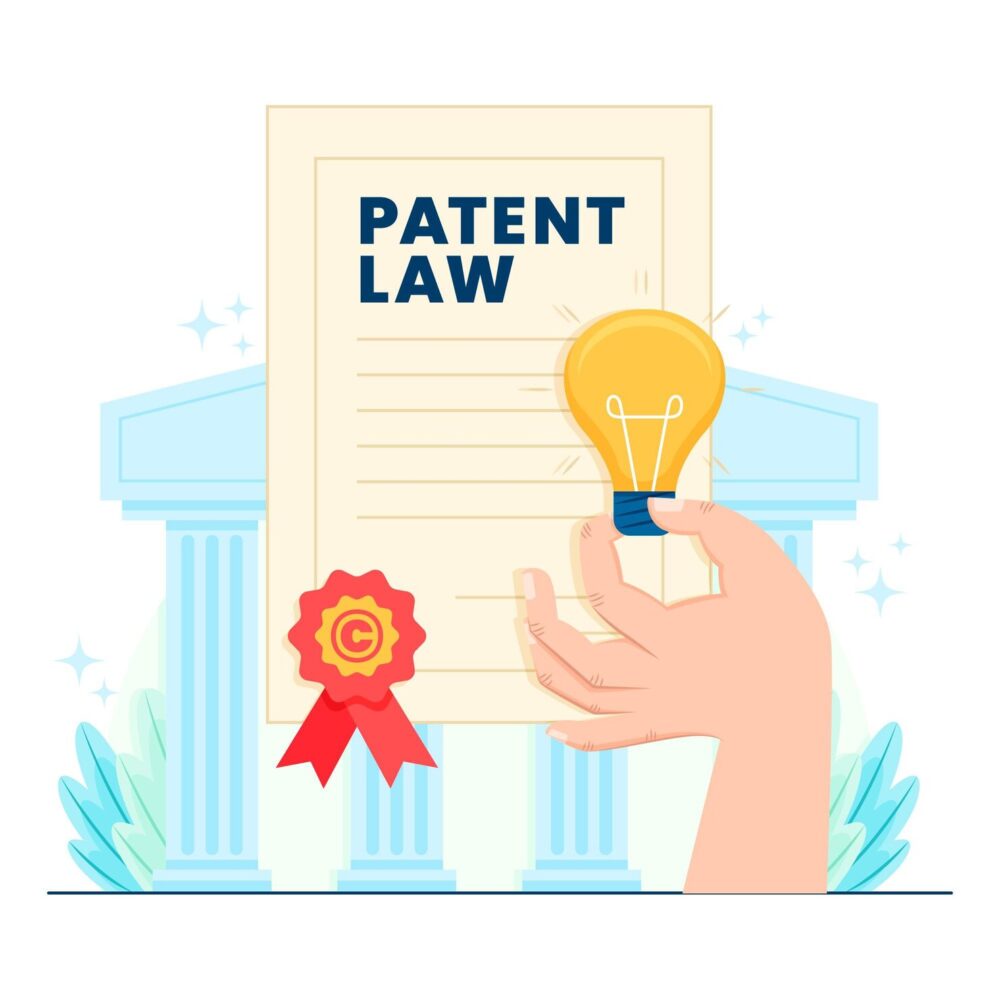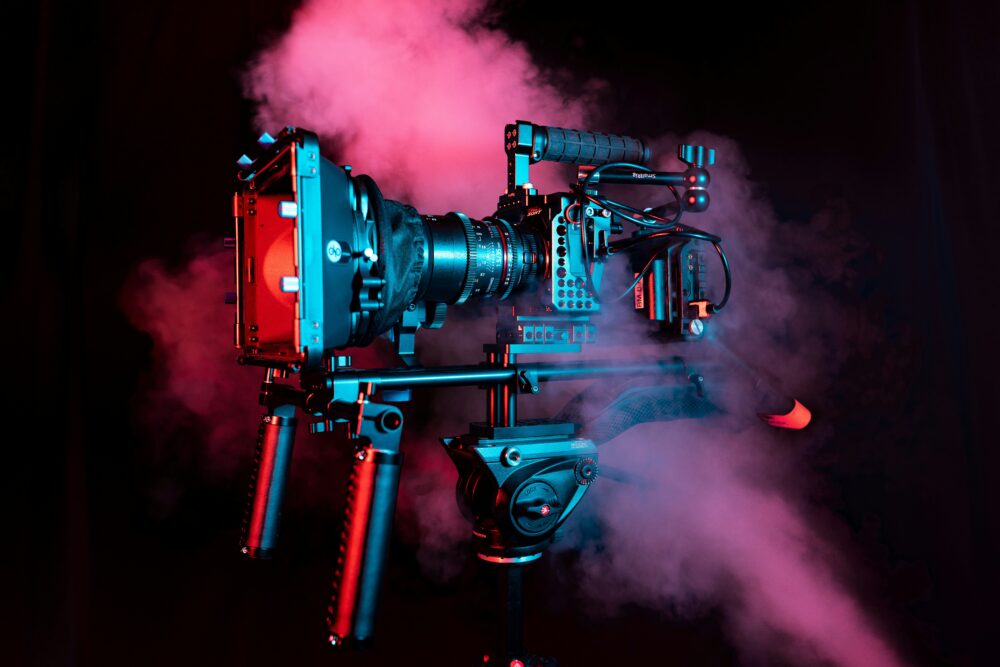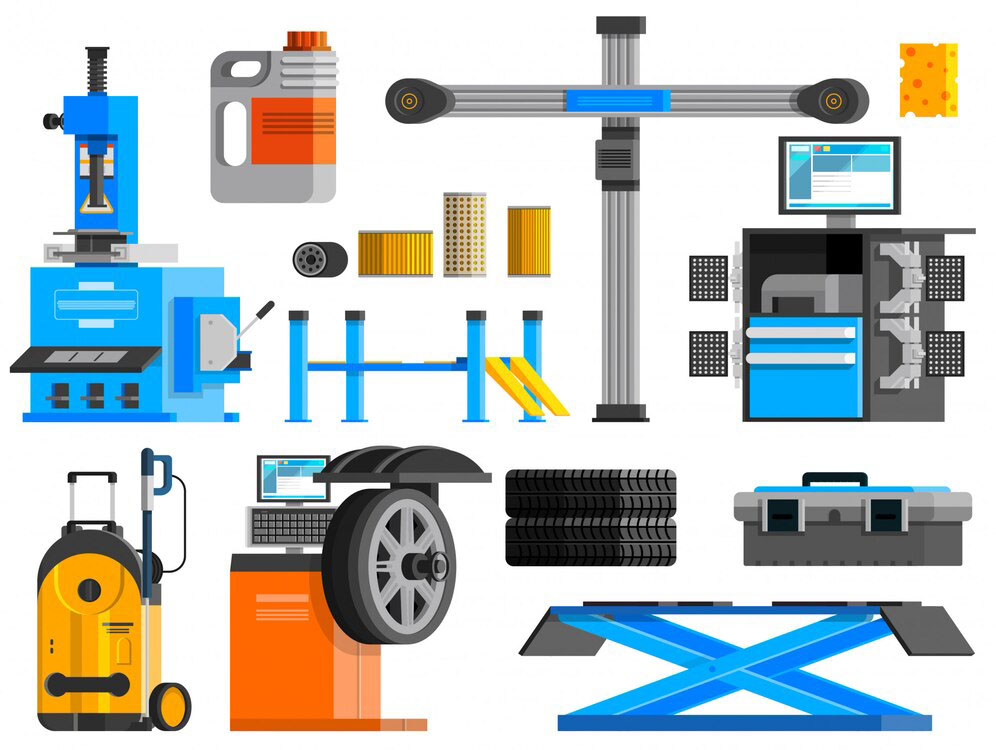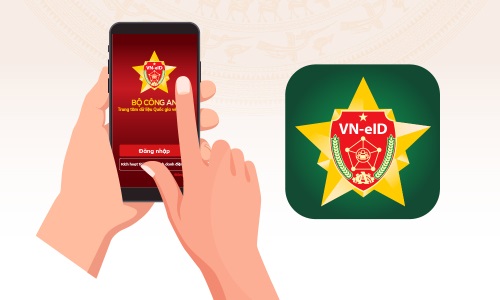In recent times, Vietnam has witnessed a remarkable transformation in its computer software sector, elevating it to a position of strength within the nation’s economy. Specifically, data provided by the Vietnam Software and Information Technology Services Association (Vinasa) indicates that in 2020, the revenue generated by this industry surged by a staggering 180-fold compared to figures from nearly two decades prior, resulting in an impressive annual revenue of approximately $9 billion USD. However, in reality, it’s clear that many Vietnamese businesses are still wrestling with the question of whether to protect computer programs’ intellectual property rights (IP) as copyright or patent. This decision could lead to completely different ways of commercializing, enforcing and protecting intellectual property rights associated with computer programs.
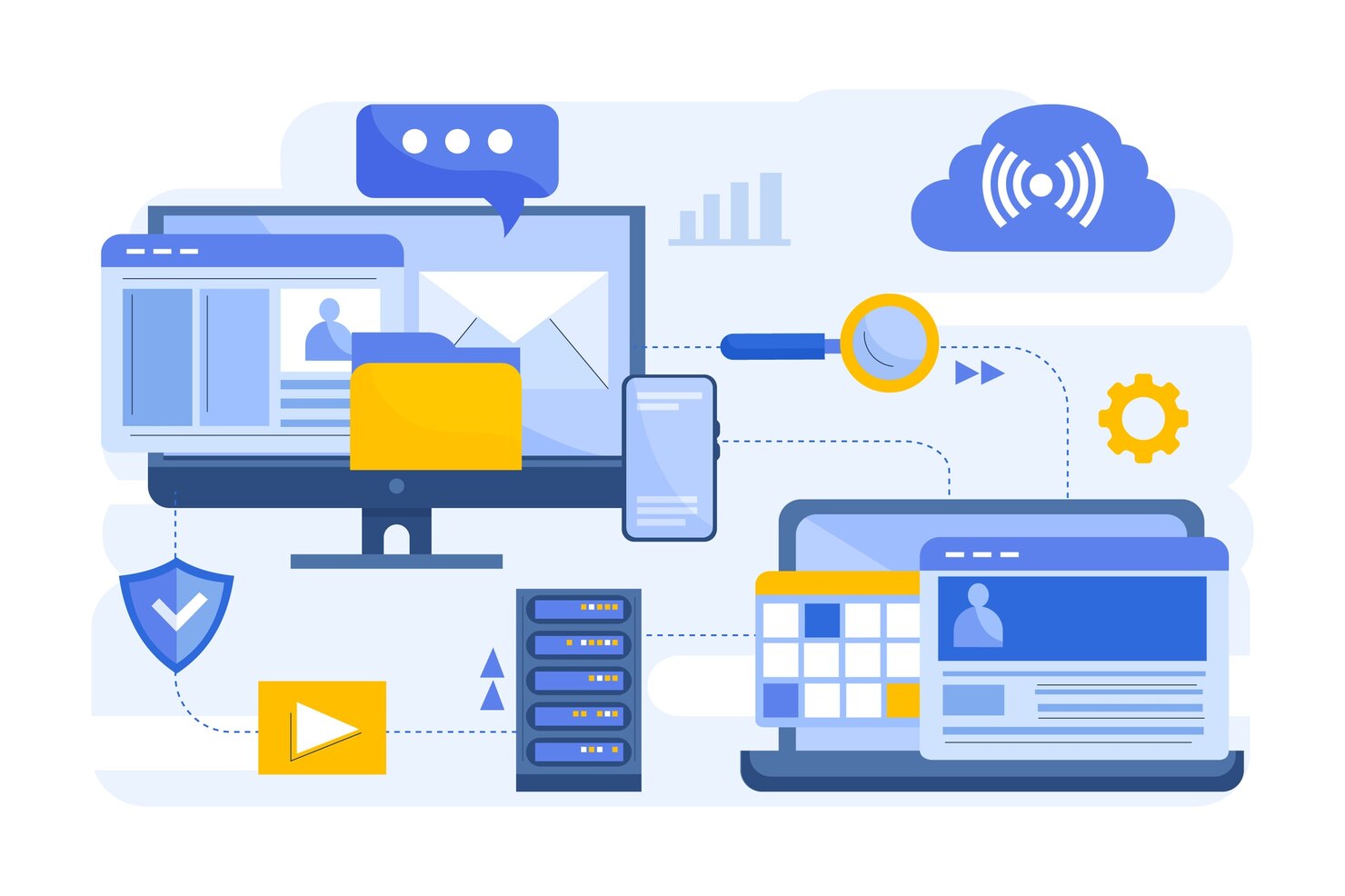
1. General principles in assessing the patentability of computer programs
At international level, a computer program is typically protected under author right law for both its source code and object code. Article 10.1 of the TRIPS Agreement of the World Trade Organization (WTO) also fundamentally stipulates that computer programs, whether in the form of source code or object code, must be protected as literary works under the Berne Convention (1971). In compliance with the TRIPS Agreement, Article 22(1) of the Vietnamese Intellectual Property Law also explicitly states that “Computer programs are protected as literary works, whether expressed in source code or object code.”
For computer program protection under the patent law, the issue is not as straightforward as when applying for author right protection. In accordance with Clause 2, Article 59 of the 2005 Intellectual Property (IP) Law, as amended and supplemented in 2009 and 2019, Vietnamese legislation presently does not acknowledge the protection of computer programs through patents. Nevertheless, in practice, if a patent’s subject matter is claimed to be associated with a computer program possessing technical characteristics, and when executed on a computer, yields technical effects beyond those ordinarily anticipated from the interaction between a program and a computer, such subject matter may qualify for patent protection. Specifically, this evaluation is delineated in section 5.8.2.5 of the Regulations. Furthermore, section 5.8.2.5 of the Regulations offers additional examples of technical effects, such as overseeing an industrial process, processing data representing physical entities, or executing internal functions of a computer or its interfaces influenced by the program. On December 31, 2021, the National Office of Intellectual Property released Decision No. 6193/QD-SHTT introducing Appendix I, which provides guidelines for identifying protected objects as patents concerning computer programs. This appendix is complemented by the Regulations on the examination of patent applications, as outlined in Decision No. 487/QD-SHTT dated March 31, 2010 (“Regulations”).
2. Considering the technical characteristics of the subject during the examination stages
During the formal examination phase, if a subject claimed to be protected is related to a computer program if it contains at least one technical feature, such as a feature associated with hardware or data processing representing physical entities, such subject may be provisionally accepted. During this phase, the “technical” criteria for a patent linked to a computer program are relatively straightforward to fulfill, typically by demonstrating that the subject of the claim is a “Method for a purpose implemented by computer…”, “Processing device…”, or “A recording medium readable by a computer that stores a program to perform a method…”. However, if the claims encompass subject matter denoted by terms like “computer program”, “computer software”, “computer program/software product”, or “computer program bearing…”, the examiner will issue a notice rejecting such subject.
During the substantive examination of patent application, the requirement for “technicality” will be scrutinized more carefully by examiners. They will assess whether the interaction between the program and the computer yields distinct technical effects. In practice, determining whether such objects possess technical characteristics or produce technical effects beyond the ordinary interaction between the program and the computer is not straightforward.
3. Some suggestions for assessing technical characteristics during the substantive examination phase
If when running on a computer, a computer program produces different technical effects compared to typical physical effects, then the program may be patentable. These different technical effects may have been known beforehand in the technical field.
For example, a computer program designed to implement the anti-lock braking system (ABS) control method in automobiles, determine emissions using X-ray devices, compress video, restore distorted images, or encode electronic communications will yield different technical effects when run on a computer. These effects include anti-lock braking in automobiles, emission detection, video compression, image restoration, and communication encryption. Computer programs like the above can be considered protected as patents.
Another case, if a computer program is designed based on specific technical factors about the operation of a computer it runs on, such as being tailored to the computer’s specific architecture, then that computer program may be considered to produce different technical effects. For example, a computer program that implements safety measures to protect boot integrity or defends against energy analysis attacks will considered bearing technical characteristics, as they rely on technical aspects of the computer’s internal operation. Similarly, a computer program that controls the execution of functions or operations within the computer, such as processor load balancing or memory allocation management, may be considered to produce different technical effects.
4. Quick conclusion
In reality, Vietnam is applying a dual protection model for computer programs, which can be protected both as author right and as patents if they meet certain conditions. However, as outlined above, registering computer programs for patent protection is not straightforward, and in practice, it will require more detailed guidelines and practical examination by the Intellectual Property Office for clear and consistent implementation.
This article is for general information purposes only and is not intended to provide any legal advice for any particular case. The legal provisions referenced in the content are in effect at the time of publication but may have expired at the time you read the content. We therefore advise that you always consult a professional consultant before applying any content.
For issues related to the content or intellectual property rights of the article, please email cs@apolatlegal.vn.
Apolat Legal is a law firm in Vietnam with experience and capacity to provide consulting services related to Intellectual Property Rights and contact our team of lawyers in Vietnam via email info@apolatlegal.com.






